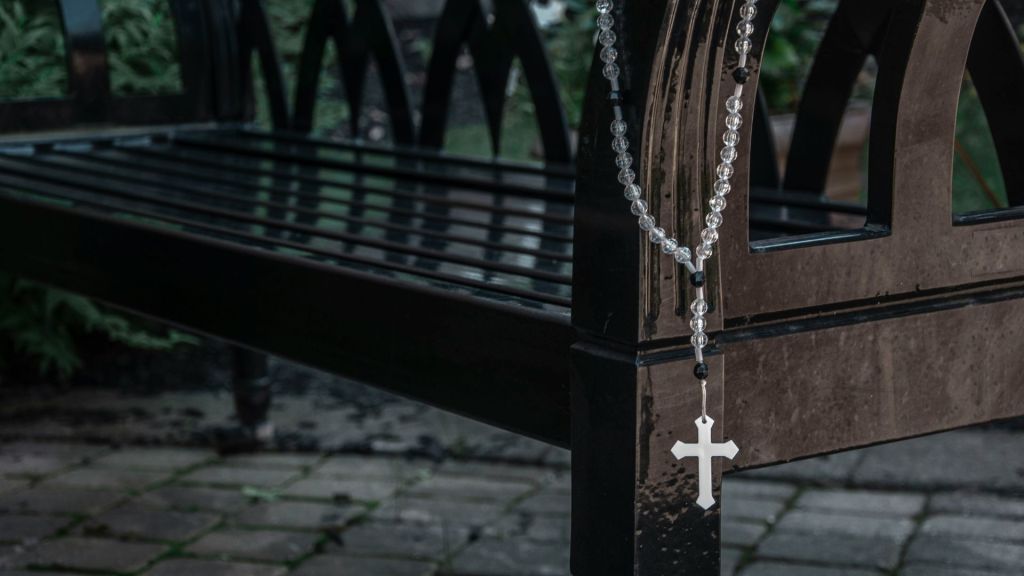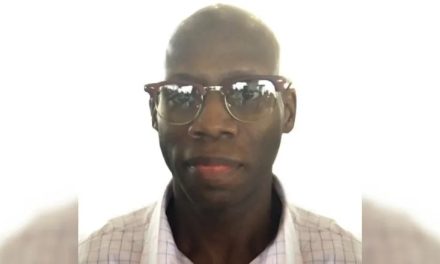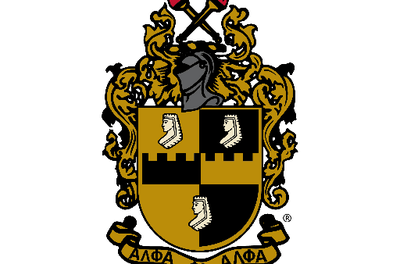The archdiocese’s plan to address empty pews and crumbling buildings involves consolidating or closing most of the city’s Black parishes.
Most weeks, Loretha Pitts heads to Saint Wenceslaus Catholic Church in the heart of downtown Baltimore to tidy up before and after Mass services. An usher, Eucharistic minister and trustee who counts the offering, Pitts takes her duties to the church she loves very seriously.

”On Tuesdays I get there early to light candles for the service, dispose of used candles,” Pitts says. ”I go at least twice every week. I always leave at least an hour early so I have plenty of time to see that everything is in order.”
But on Nov. 24, the church that Pitts tends so dutifully will hold its final Mass, then close its doors for the last time. Saint Wenceslaus is among 30 of Baltimore’s Catholic parishes and churches that are shutting down — including two-thirds of the ones that are majority Black.
Baltimore Archbishop William E. Lori announced the closures in May after Seek the City to Come, a two-year strategic analysis of the Baltimore archdiocese, found that it had too many churches serving too few worshippers.
“Difficult” Moves for Archbishop
“This process was aimed at allowing our parishes to focus on mission and ministry, as opposed to leaking roofs, crumbling walls and failing electric and plumbing systems,” Lori said in a video announcing the closures. He noted that the Seek the City to Come initiative included listening sessions with Baltimore parishioners who shared their concerns.
The “difficult” and “dramatic” moves, he said, are intended to “pull together gifts and resources, often spread thin across many parishes, to form new communities that are well equipped to carry out the urgent mission before us: announcing the Gospel and helping our neighbors here in the city to encounter the saving love” of Jesus Christ.
Parishioners will report to their newly-assigned places for worship on Dec. 1.
But not every member of the archdiocese was willing to go along with the plan. Ralph E. Moore Jr., who is Black, filed an appeal to save Saint Ann’s Catholic Church, his spiritual home and one of the 10 majority-Black Baltimore parishes that will shut down next week.
Moore, a lifelong Catholic who graduated from parochial schools and a Jesuit college, is not convinced the church needed to close the majority-Black parishes, and is incensed that the archdiocese is unwilling to accept responsibility for declining attendance and crumbling infrastructure.
White Flight, Black Loyalty
”Their reasoning is the decrease of membership in these neighborhoods and the shortage of priests, none of which is the fault of the church or its membership,” Moore says. “While we may not have many people in these churches, the leadership doesn’t remember that Blacks have stayed in these churches when Whites have left.”
During White flight in the 1950s and 1960s, White Catholics left Baltimore and “moved to the suburbs,” he said. “While many Black Catholics also moved, they still consider these churches their home” and return every week for Sunday Mass.
His wife, Dana Peterson Moore, also a lifelong Catholic, says the decision to close the parish is puzzling. St. Ann’s Church, she says, is in good physical and fiscal shape because “the parishioners have taken good care of the church’s resources.”
At the same time, “our emphasis on advocating for the canonization of the first Black saints from the United States of America coupled with our care for the needy, we are appreciated as an activist church,” she said. “Ours is a needed voice within Catholicism.”
Ralph Moore says the shortage of priests — another of the archdiocese’s stated reasons for the consolidation — could easily have been remedied by ordaining women as priests.
“None of the other religious traditions hold to that practice,” he says. “They created this and now they’re whining about the priest shortage.”
Moore also suggested the church award the closed facilities to Black Catholic parishioners as reparations for “having to sit in the back of the church; reparations for having been blocked by ushers from using the holy water font.”
When Moore was a youngster, “We had to wait in the center aisle and allow all the White people to receive communion first,” he says.
After the church rejected his last-minute appeal to keep Saint Ann’s open, Moore says he’s leaving the church and searching for another spiritual home.
But Loretha Pitts, the Saint Wenceslaus member who tends the altar, says she sees the archdiocese simply crunching the numbers, something she’s noticed first-hand. So many members she knew have transitioned to glory, she says, and no one has come to replace them.
”And we don’t have young people in the parish,” she says. “Once they’ve had their confirmation, or gone off to school and college, they just don’t come back.”
This article was originally published on WordinBlack.com.
This article was originally published by WordinBlack.com.
The post Why Baltimore’s Black Catholic parishes are vanishing appeared first on AFRO American Newspapers.










